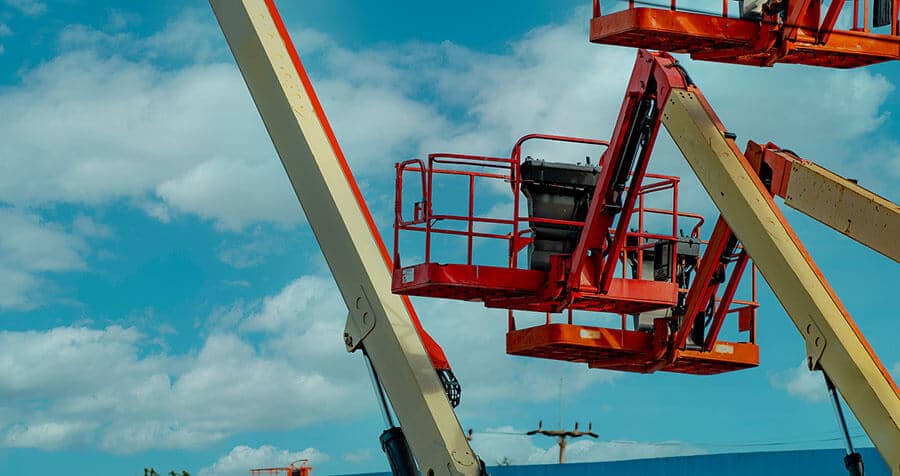The Machinery Directive Essential Health and Safety Requirements (EHSRs)

A manufacturer, or their Authorized Representative, is responsible for ensuring that products are safe to not only be placed on the EU market but also be put into service.
Machinery, in particular, must be properly designed so that it is suitable for its intended function and can be operated, adjusted, and maintained without putting anyone at risk.
The emphasis here is that the equipment be safe. Rather than this requirement being left to the judgment of the manufacturer, the Machinery Directive sets out Essential Health and Safety Requirements (EHSRs) in Annex I. While the EHSRs are very comprehensive, if the equipment has any features that are not covered, then the manufacturer still has the safety obligation.
By reviewing the equipment against the EHSRs and then taking appropriate actions, a manufacturer can be reasonably confident that it will be safe at all stages in its lifecycle.
What Are Machinery Directive Essential Health and Safety Requirements (EHSRs)?
Machinery Directive EHSRs cover both intended use and any anticipated foreseeable misuse.
Foreseeable misuse is typically where additional measures have to be taken. Risk should be eliminated at all stages of the product lifecycle from design through to disposal. While the word eliminated is used in practice that means reducing the risk level to as low as reasonably practical for users.
The principles to be used in risk reduction can be summarized below:
- Design and manufacture machinery so it is inherently safe
- Take suitable protective measures (i.e. guards or barriers) for any risks that can’t be eliminated
- Ensure that users are informed of any residual risks and any steps required to address them (i.e. the use of PPE or training)
For this article, we’ve used some general terms. More detailed requirements are laid out in the applicable standards. Because so many standards are required to cover the full range of machines within the scope of the Machinery Directive, there is a hierarchy for the standards used.
Type A Standards
The most basic standards, known as Type A standards, set out requirements for the safety of machines only in the most general terms. Standard EN ISO 12100 covers the princples for design and risk reduction. Normally Type A Standards are used in conjunction with Type B or C standards.
Type B Standards
Type B standards deal with more specific issues. To name a few, for example:
- Gaps to prevent crushing (EN I349)
- Design of emergency stops (EN ISO 13850)
- Prevention of unexpected start-up (EN ISO 14118)
- Pneumatic systems (EN ISO 4414)
- The temperature of touchable surfaces (EN ISO 13732-1)
- Acoustics (EN ISO 11200)
Type C Standards
Type C standards deal with specific types of machines. To name a few, for example:
- EN 11680 deals with forestry machines
- EN 1012 deals with the safety of compressors and vacuum pumps
- EN 13055 deals with equipment to process flat glass
- EN 792 deals with pneumatic hand tools
- EN 201 deals with injection molding machines
What Do the EHSRs Cover?
Annex I covers all hazards normally associated with machinery. The product has to be safe under all circumstances covering design, operator use, control systems, starting, stopping, and protection from all hazards.
Additionally, Annex I includes the following;
- Moving parts both have to be safe and also not have any possibility of breaking up and being ejected.
- If guards are used they must be of robust construction and unable to be bypassed.
- It also covers electrical shock hazards, temperature, radiation, and trapping.
- The machine must be safe during maintenance operations, isolated from any supplies, and unable to be started up during operator intervention.
- The machine needs adequate markings, instructions, and risk and hazard warnings in an easily understood language and/or using ISO graphics.
The second part of Annex I covers additional EHSRs for food products, cosmetics, pharmaceuticals, and other machinery types in addition to those in the first section. It also includes portable fixing and impact equipment, woodworking equipment, and equipment for pesticide use.
The third part of Annex I concerns mobile machinery, and the additional hazards mobility presents. Some aspects are driving position, seating, traveling function, and in particular, mechanical hazards such as power take-offs.
The fourth part of Annex I covers the additional hazards involved in lifting operations concerning both loads and persons. Equipment must be safe during these operations.
The fifth part of Annex I covers machinery intended for underground use where fire, stability, control, and movement can be particularly dangerous. Emissions are also covered.
The sixth part of Annex I covers the additional hazards when persons are being lifted and is included in addition to section four requirements.
Achieving Compliance with Machinery Directive EHSRs
If the Machinery Directive applies to your product, you are obligated to meet its Essential Health and Safety Requirements (EHSRs). You are responsible for conducting a thorough evaluation of your equipment against the EHSRs and using the appropriate standards to address them.
By partnering with Technology International, you can gain expert guidance on routes to compliance with the Machinery Directive and associated EHSRs.